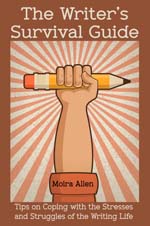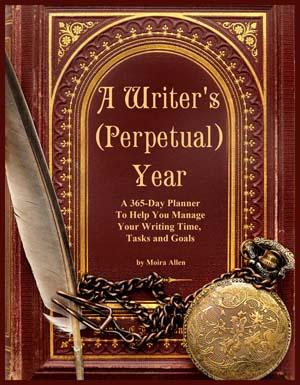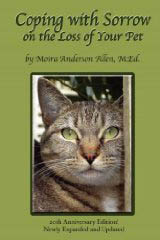 Your Guide to a Successful Writing Career
| |||
|
by Laura Backes Many beginning writers ask about this well-known submission "Don't". The truth is, some publishers do have a strict policy against rhyming stories -- they simply don't publish them. But most would snap up a good rhyming story in seconds. The problem is that reading bad rhyme is like listening to nails on a blackboard, and it's so easy to write bad rhyme. So if editors say they don't like stories in verse it's probably a way of discouraging the people who don't know what they're doing. The mistake many writers make is that they make the rhyme more important than the story. All picture books, regardless of the format, consist of characters and a plot. The plot ideally starts at the moment where everyday life for the main character changes from ordinary to extraordinary. The story proceeds through the extraordinary events the character faces, and his or her efforts to return life back to normal. Once this happens, the story ends immediately. Like prose, rhyme must contain only those words necessary to tell the story, and nothing more. And like prose, rhyme shouldn't get bogged down on description -- it's the illustrator's job to show how characters and places look. Nor should the verse get stuck on the feelings, thoughts or dialogue of one character. The story must always keep moving. Action, and concrete -- rather than abstract -- events, make up the plot. When the rhyme becomes more important than the story, it has a whirlpool effect. The author starts describing a character or writing dialogue, and in order to keep the rhyme pattern going, the description or dialogue goes on and on, circling over the same ground without any hope of moving on. Or, the author inserts cliches, nonsense words, or simply lines that make no sense, just because they rhyme. None of these mistakes -- which would obviously be unacceptable in prose -- can be disguised by a sprightly meter. Take a look at the following verses from Mary Ann Hoberman's And to Think That We Thought That We'd Never Be Friends (Crown), and see how she combines character and plot development with concrete action from the first lines:
One day we were playing outside in our yard Stories in verse, like their prose counterparts, also must have a distinct voice. The rhythm of the verse, which combines elements like word choice and length of the lines, goes a long way toward creating a tone for each story. In the above example, from the first line the reader knows this will be a fast-paced yarn, probably exaggerated by the teller. The longer lines and internal rhyme give the impression of a tall tale. Verla Kay writes what she calls "cryptic rhyme," in which each verse paints a vivid picture for the reader. The words themselves carry the reader from image to image, building a story with almost no full sentences. She uses this technique to write historical fiction picture books. And while at first glance her text appears to be virtually all description, it's necessary description because her goal is to bring the past alive for the reader in a very sensory way. The short lines convey emotion, as in this excerpt from Gold Fever (Putnam), in which Kay uses a miner's clothes to convey his despair when he fails to strike it rich:
Crusty long johns, If you love writing in verse, don't be intimidated by the naysayers. But realize that you have your work cut out for you. Not only do you have to master all the techniques of writing good books, you also have to learn to be a poet. Take the time to do it right, and you'll get past the slush pile.
This article may not be reprinted without the author's written permission. Laura Backes is the author of Best Books for Kids Who (Think They) Hate to Read, from Prima Publishing. She's also the publisher of Children's Book Insider, the Children's Writing Monthly. For more information about writing children's books, including free articles, market tips, insider secrets and much more, visit Children's Book Insider at https://cbiclubhouse.com/clubhouse/. |
| ||
| |||




